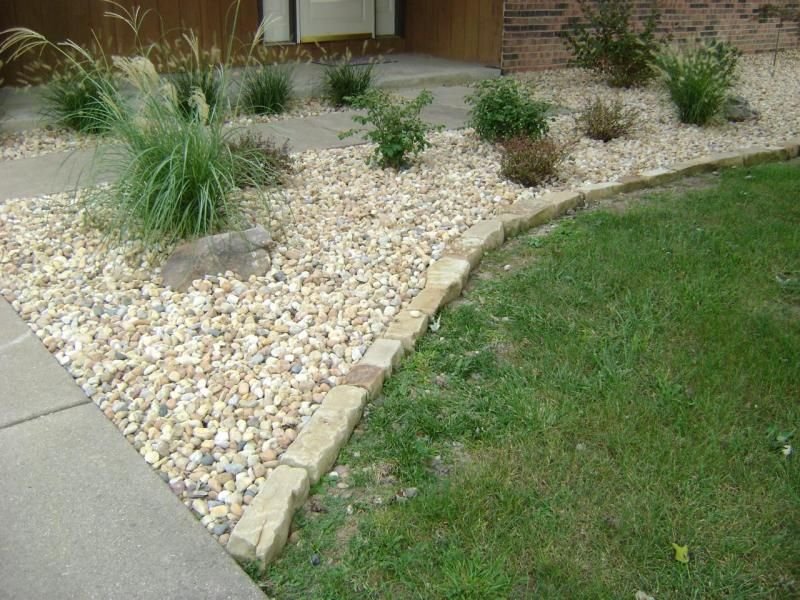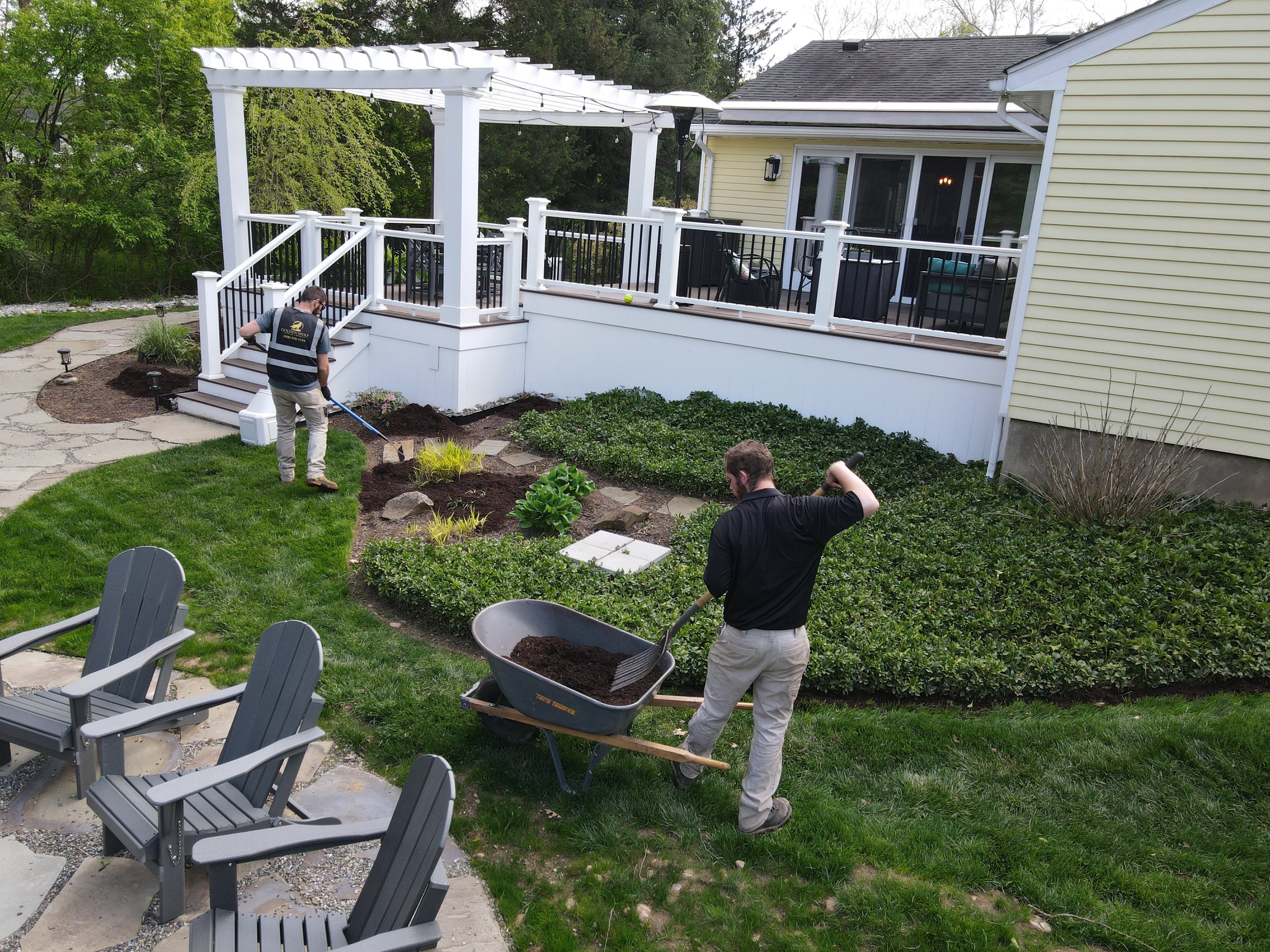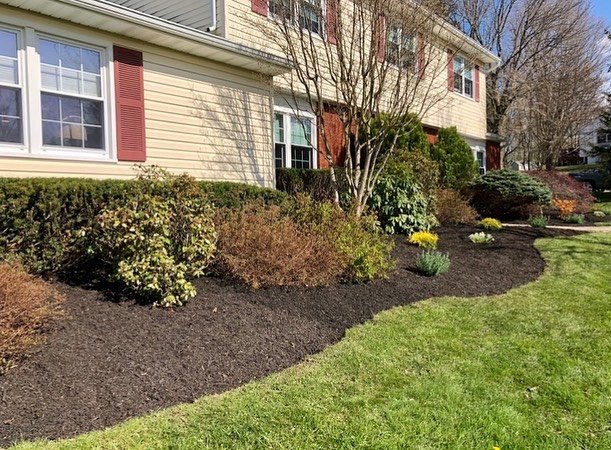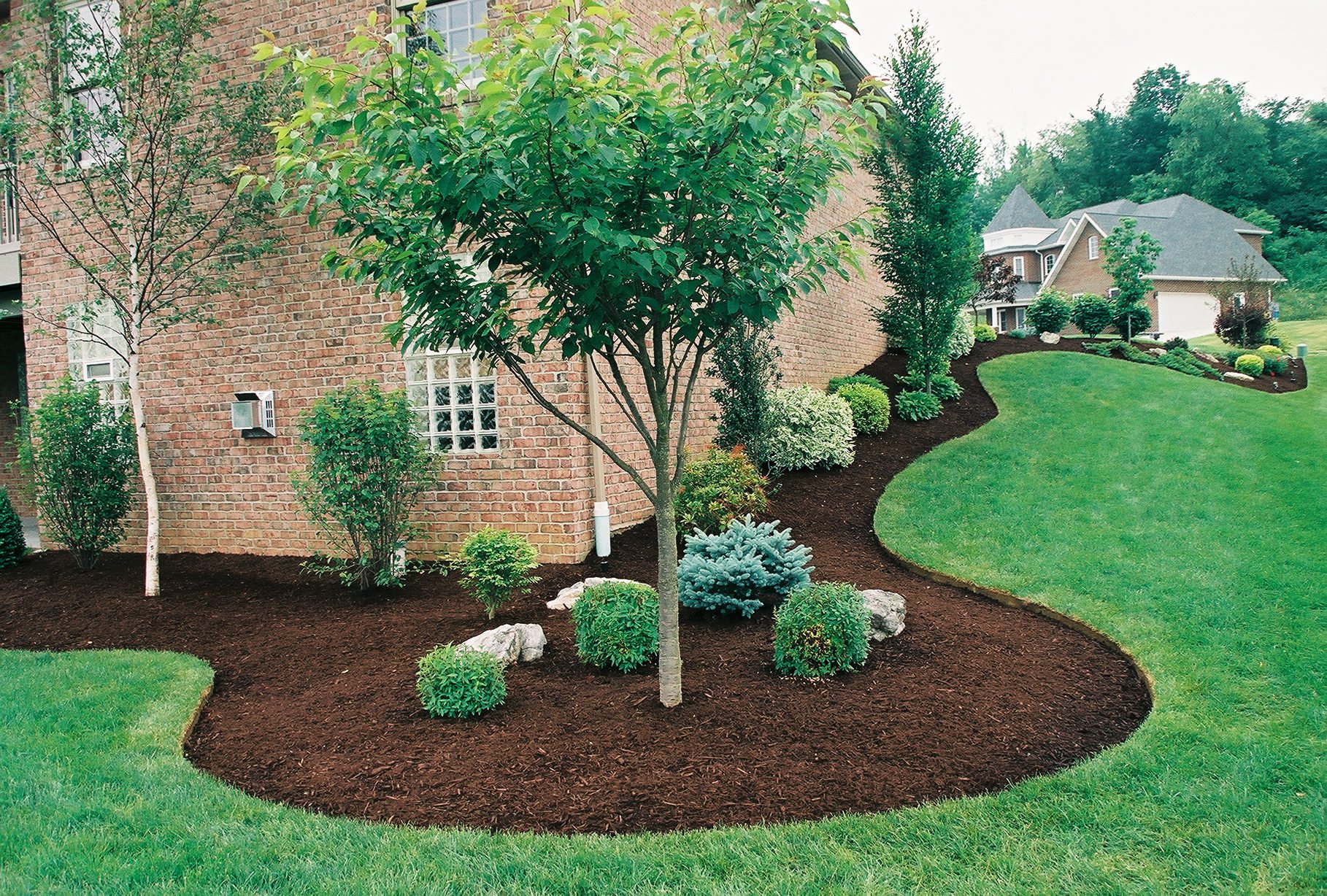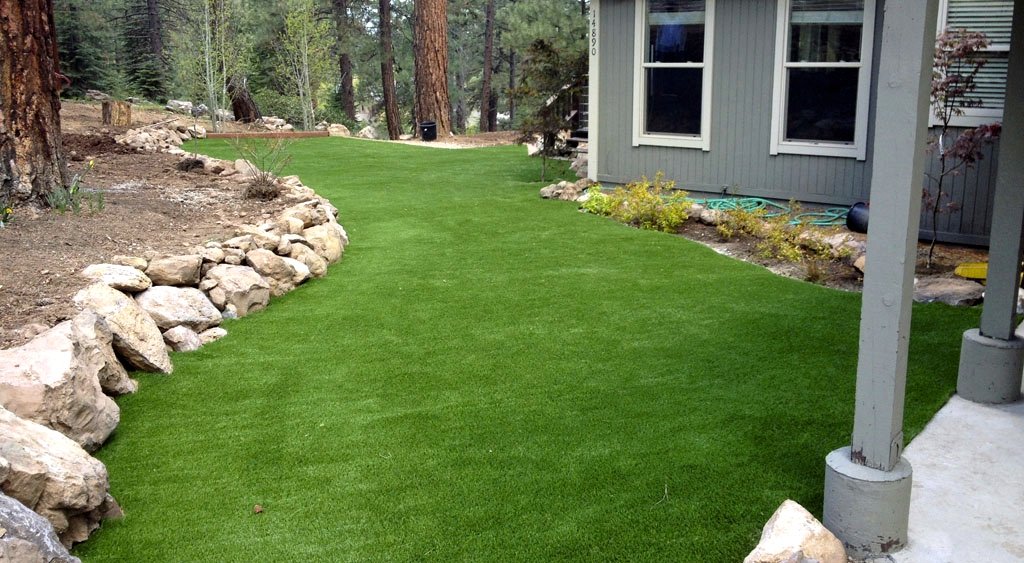
Landscape Installation
Our Service Area
We proudly service customers in Northern New Jersey and Eastern Pennsylvania. Get in touch with our team today to plan your next project!
Search your town below to see if you're in our service area
- Adele - Get a quote now! ➔
- Long Valley - Get a quote now! ➔
- Readington - Get a quote now! ➔
- Alexandria - Get a quote now! ➔
- Franklin - Get a quote now! ➔
- Oxford - Get a quote now! ➔
- Hackettstown - Get a quote now! ➔
- Chester - Get a quote now! ➔
- Mount Olive - Get a quote now! ➔
- Califon - Get a quote now! ➔
- Flanders - Get a quote now! ➔
- Budd Lake - Get a quote now! ➔
- Pottersville - Get a quote now! ➔
- Analomink - Get a quote now! ➔
- Bartonsville - Get a quote now! ➔
- Blakeslee - Get a quote now! ➔
- Brodheadsville - Get a quote now! ➔
- Buck Hill Falls - Get a quote now! ➔
- Canadensis - Get a quote now! ➔
- Cresco - Get a quote now! ➔
- Delaware Water Gap - Get a quote now! ➔
- East Stroudsburg - Get a quote now! ➔
- Effort - Get a quote now! ➔
- Gilbert - Get a quote now! ➔
- Henryville - Get a quote now! ➔
- Kresgeville - Get a quote now! ➔
- Kunkletown - Get a quote now! ➔
- Long Pond - Get a quote now! ➔
- Marshalls Creek - Get a quote now! ➔
- Minisink Hills - Get a quote now! ➔
- Mount Pocono - Get a quote now! ➔
- Mountainhome - Get a quote now! ➔
- Pocono Lake - Get a quote now! ➔
- Pocono Manor - Get a quote now! ➔
- Pocono Pines - Get a quote now! ➔
- Pocono Summit - Get a quote now! ➔
- Reeders - Get a quote now! ➔
- Saylorsburg - Get a quote now! ➔
- Sciota - Get a quote now! ➔
- Scotrun - Get a quote now! ➔
- Shawnee On Delaware - Get a quote now! ➔
- Skytop - Get a quote now! ➔
- Stroudsburg - Get a quote now! ➔
- Swiftwater - Get a quote now! ➔
- Tannersville - Get a quote now! ➔
- Tobyhanna - Get a quote now! ➔
- Bangor - Get a quote now! ➔
- Bath - Get a quote now! ➔
- Bethlehem - Get a quote now! ➔
- Cherryville - Get a quote now! ➔
- Danielsville - Get a quote now! ➔
- Easton - Get a quote now! ➔
- Hellertown - Get a quote now! ➔
- Martins Creek - Get a quote now! ➔
- Mount Bethel - Get a quote now! ➔
- Nazareth - Get a quote now! ➔
- Northampton - Get a quote now! ➔
- Pen Argyl - Get a quote now! ➔
- Portland - Get a quote now! ➔
- Stockertown - Get a quote now! ➔
- Tatamy - Get a quote now! ➔
- Treichlers - Get a quote now! ➔
- Walnutport - Get a quote now! ➔
- Wind Gap - Get a quote now! ➔
- Bedminster - Get a quote now! ➔
- Bensalem - Get a quote now! ➔
- Blooming Glen - Get a quote now! ➔
- Bristol - Get a quote now! ➔
- Buckingham - Get a quote now! ➔
- Carversville - Get a quote now! ➔
- Chalfont - Get a quote now! ➔
- Croydon - Get a quote now! ➔
- Danboro - Get a quote now! ➔
- Doylestown - Get a quote now! ➔
- Dublin - Get a quote now! ➔
- Durham - Get a quote now! ➔
- Erwinna - Get a quote now! ➔
- Fairless Hills - Get a quote now! ➔
- Feasterville Trevose - Get a quote now! ➔
- Ferndale - Get a quote now! ➔
- Forest Grove - Get a quote now! ➔
- Fountainville - Get a quote now! ➔
- Furlong - Get a quote now! ➔
- Hilltown - Get a quote now! ➔
- Holicong - Get a quote now! ➔
- Jamison - Get a quote now! ➔
- Kintnersville - Get a quote now! ➔
- Lahaska - Get a quote now! ➔
- Langhorne - Get a quote now! ➔
- Levittown - Get a quote now! ➔
- Line Lexington - Get a quote now! ➔
- Lumberville - Get a quote now! ➔
- Mechanicsville - Get a quote now! ➔
- Milford Square - Get a quote now! ➔
- Morrisville - Get a quote now! ➔
- New Hope - Get a quote now! ➔
- Newtown - Get a quote now! ➔
- Ottsville - Get a quote now! ➔
- Penns Park - Get a quote now! ➔
- Perkasie - Get a quote now! ➔
- Pineville - Get a quote now! ➔
- Pipersville - Get a quote now! ➔
- Plumsteadville - Get a quote now! ➔
- Point Pleasant - Get a quote now! ➔
- Quakertown - Get a quote now! ➔
- Revere - Get a quote now! ➔
- Richboro - Get a quote now! ➔
- Richlandtown - Get a quote now! ➔
- Riegelsville - Get a quote now! ➔
- Rushland - Get a quote now! ➔
- Sellersville - Get a quote now! ➔
- Silverdale - Get a quote now! ➔
- Solebury - Get a quote now! ➔
- Southampton - Get a quote now! ➔
- Spinnerstown - Get a quote now! ➔
- Springtown - Get a quote now! ➔
- Trumbauersville - Get a quote now! ➔
- Upper Black Eddy - Get a quote now! ➔
- Warminster - Get a quote now! ➔
- Warrington - Get a quote now! ➔
- Washington Crossing - Get a quote now! ➔
- Wycombe - Get a quote now! ➔
- Zionhill - Get a quote now! ➔
- New Providence - Get a quote now! ➔
- Plainfield - Get a quote now! ➔
- Mountainside - Get a quote now! ➔
- Springfield - Get a quote now! ➔
- Fanwood - Get a quote now! ➔
- Port Murray - Get a quote now! ➔
- Mountainville - Get a quote now! ➔
- Gladstone - Get a quote now! ➔
- Netcong - Get a quote now! ➔
- Great Meadows - Get a quote now! ➔
- Stanhope - Get a quote now! ➔
- Green - Get a quote now! ➔
- Peapack Gladstone - Get a quote now! ➔
- Tewksbury - Get a quote now! ➔
- Oldwick - Get a quote now! ➔
- Ironia - Get a quote now! ➔
- Allamuchy - Get a quote now! ➔
- Ledgewood - Get a quote now! ➔
- Succasunna - Get a quote now! ➔
- Montville - Get a quote now! ➔
- Mendham - Get a quote now! ➔
- Landing - Get a quote now! ➔
- Washington - Get a quote now! ➔
- Pierce Heights - Get a quote now! ➔
- High Bridge - Get a quote now! ➔
- Hopatcong - Get a quote now! ➔
- Glen Gardner - Get a quote now! ➔
- Kenvil - Get a quote now! ➔
- Hampton - Get a quote now! ➔
- Bedminster - Get a quote now! ➔
- Hillsborough - Get a quote now! ➔
- Lebanon - Get a quote now! ➔
- Far Hills - Get a quote now! ➔
- Brookside - Get a quote now! ➔
- Mount Freedom - Get a quote now! ➔
- Annandale - Get a quote now! ➔
- Mine Hill - Get a quote now! ➔
- Somerset - Get a quote now! ➔
- Buttzville - Get a quote now! ➔
- Brass Castle - Get a quote now! ➔
- Whitehall - Get a quote now! ➔
- Mount Arlington - Get a quote now! ➔
- Whitehouse Station - Get a quote now! ➔
- Hope - Get a quote now! ➔
- Bernardsville - Get a quote now! ➔
- White - Get a quote now! ➔
- Clinton - Get a quote now! ➔
- Wharton - Get a quote now! ➔
- Pluckemin - Get a quote now! ➔
- Byram - Get a quote now! ➔
- Dover - Get a quote now! ➔
- Sparta - Get a quote now! ➔
- Andover - Get a quote now! ➔
- Asbury - Get a quote now! ➔
- Basking Ridge - Get a quote now! ➔
- Perryville - Get a quote now! ➔
- Belvidere - Get a quote now! ➔
- New Vernon - Get a quote now! ➔
- Mount Hope - Get a quote now! ➔
- Morristown - Get a quote now! ➔
- Rockaway - Get a quote now! ➔
- Morris Plains - Get a quote now! ➔
- Pattenburg - Get a quote now! ➔
- Foul Rift - Get a quote now! ➔
- Branchburg - Get a quote now! ➔
- Lake Mohawk - Get a quote now! ➔
- Fredon - Get a quote now! ➔
- Pittstown - Get a quote now! ➔
- Stirling - Get a quote now! ➔
- Raritan - Get a quote now! ➔
- Denville - Get a quote now! ➔
- Quakertown - Get a quote now! ➔
- Somerville - Get a quote now! ➔
- Cedar Knolls - Get a quote now! ➔
- Martinsville - Get a quote now! ➔
- Stewartsville - Get a quote now! ➔
- Flemington - Get a quote now! ➔
- Paulins Kill - Get a quote now! ➔
- Columbia - Get a quote now! ➔
- Bloomsbury - Get a quote now! ➔
- Gillette - Get a quote now! ➔
- Madison - Get a quote now! ➔
- Mount Vernon - Get a quote now! ➔
- Three Bridges - Get a quote now! ➔
- Parsippany - Get a quote now! ➔
- Bridgewater - Get a quote now! ➔
- Mansfild - Get a quote now! ➔
- Whippany - Get a quote now! ➔
- Hardwick - Get a quote now! ➔
- Berkeley Heights - Get a quote now! ➔
- Bethlehem - Get a quote now! ➔
- Warren - Get a quote now! ➔
- Ridgedale Park - Get a quote now! ➔
- Bound Brook - Get a quote now! ➔
- Swartswood - Get a quote now! ➔
- Manville - Get a quote now! ➔
- Watchung - Get a quote now! ➔
- Florham Park - Get a quote now! ➔
- Troy Hills - Get a quote now! ➔
- Boonton - Get a quote now! ➔
- Alpha - Get a quote now! ➔
- Chatham - Get a quote now! ➔
- Lafayette - Get a quote now! ➔
- Middlesex - Get a quote now! ➔
- Montgomery - Get a quote now! ➔
- Philipsburg - Get a quote now! ➔
- Short Hills - Get a quote now! ➔
- Milburn - Get a quote now! ➔
- Frenchtown - Get a quote now! ➔
- Easton - Get a quote now! ➔
- Nazareth - Get a quote now! ➔
- East Stroudsburg - Get a quote now! ➔
- Bethlehem - Get a quote now! ➔
- Independence - Get a quote now! ➔
- Green knoll - Get a quote now! ➔
- Summit - Get a quote now! ➔
- Andover - Get a quote now! ➔
- Augusta - Get a quote now! ➔
- Branchville - Get a quote now! ➔
- Franklin - Get a quote now! ➔
- Glasser - Get a quote now! ➔
- Glenwood - Get a quote now! ➔
- Greendell - Get a quote now! ➔
- Hamburg - Get a quote now! ➔
- Highland Lakes - Get a quote now! ➔
- Hopatcong - Get a quote now! ➔
- Lafayette - Get a quote now! ➔
- Layton - Get a quote now! ➔
- Mc Afee - Get a quote now! ➔
- Middleville - Get a quote now! ➔
- Montague - Get a quote now! ➔
- Newton - Get a quote now! ➔
- Ogdensburg - Get a quote now! ➔
- Sparta - Get a quote now! ➔
- Stanhope - Get a quote now! ➔
- Stillwater - Get a quote now! ➔
- Stockholm - Get a quote now! ➔
- Sussex - Get a quote now! ➔
- Swartswood - Get a quote now! ➔
- Tranquility - Get a quote now! ➔
- Vernon - Get a quote now! ➔
- Wallpack Center - Get a quote now! ➔
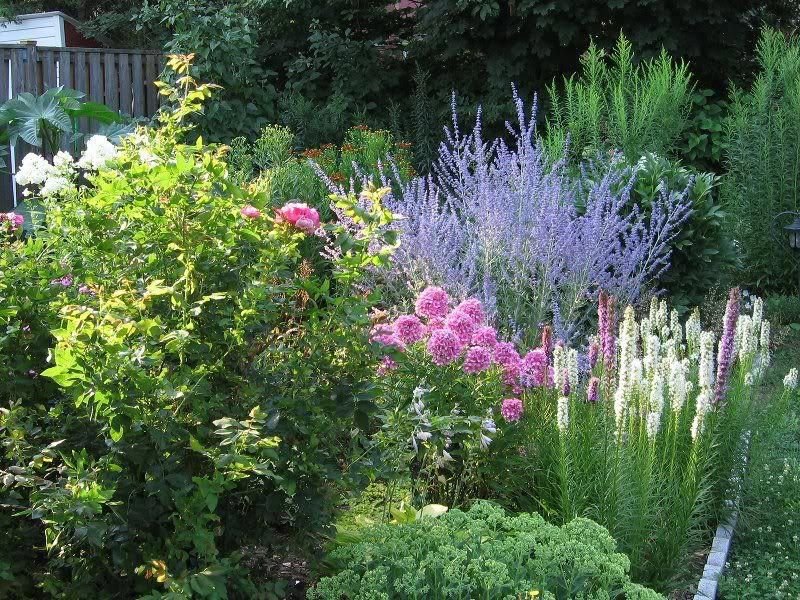
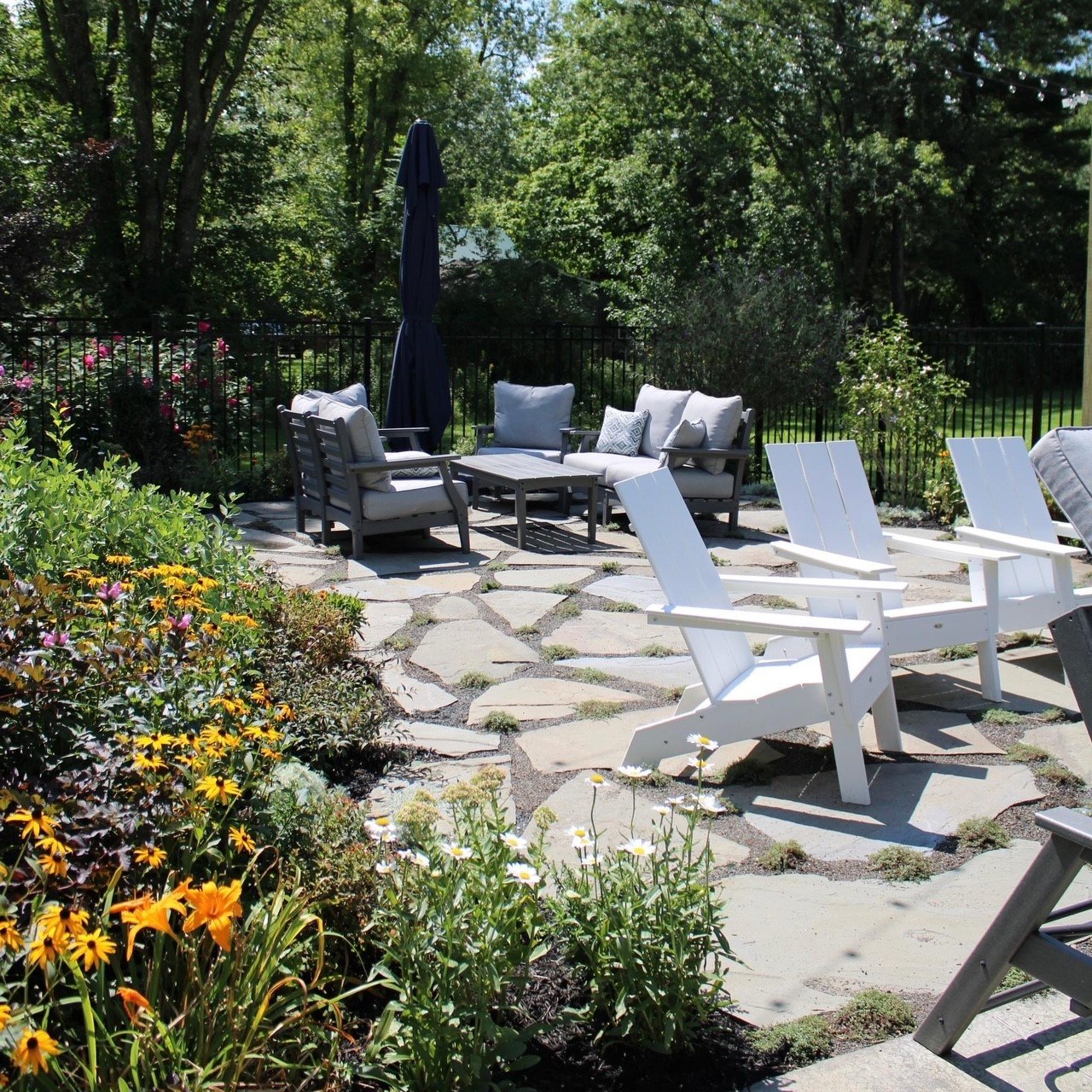

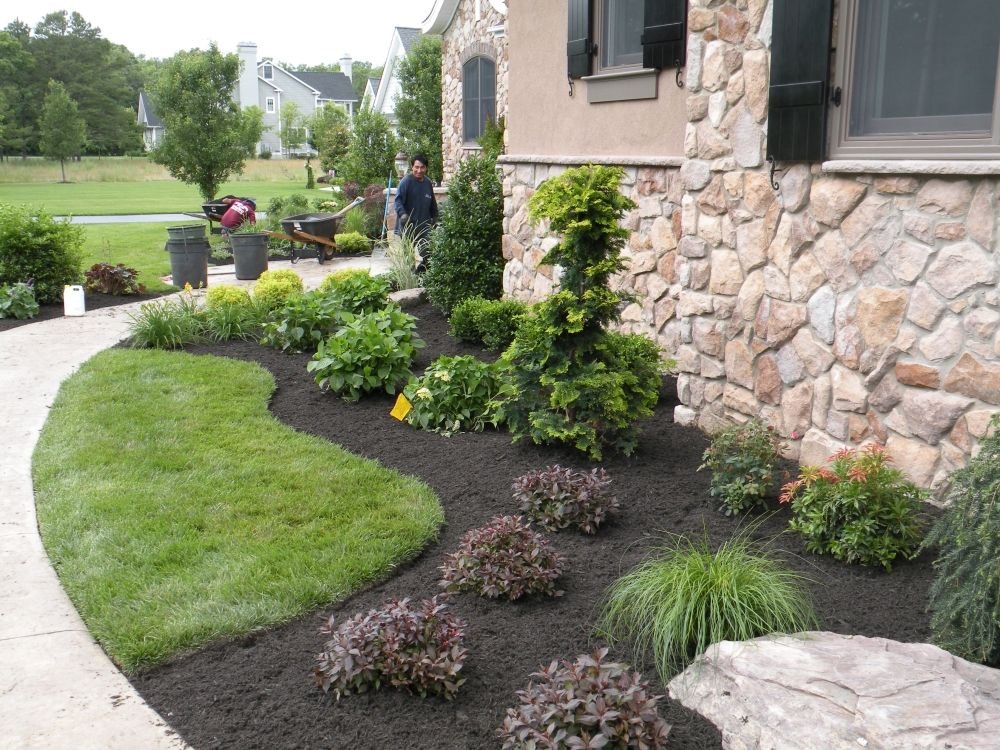
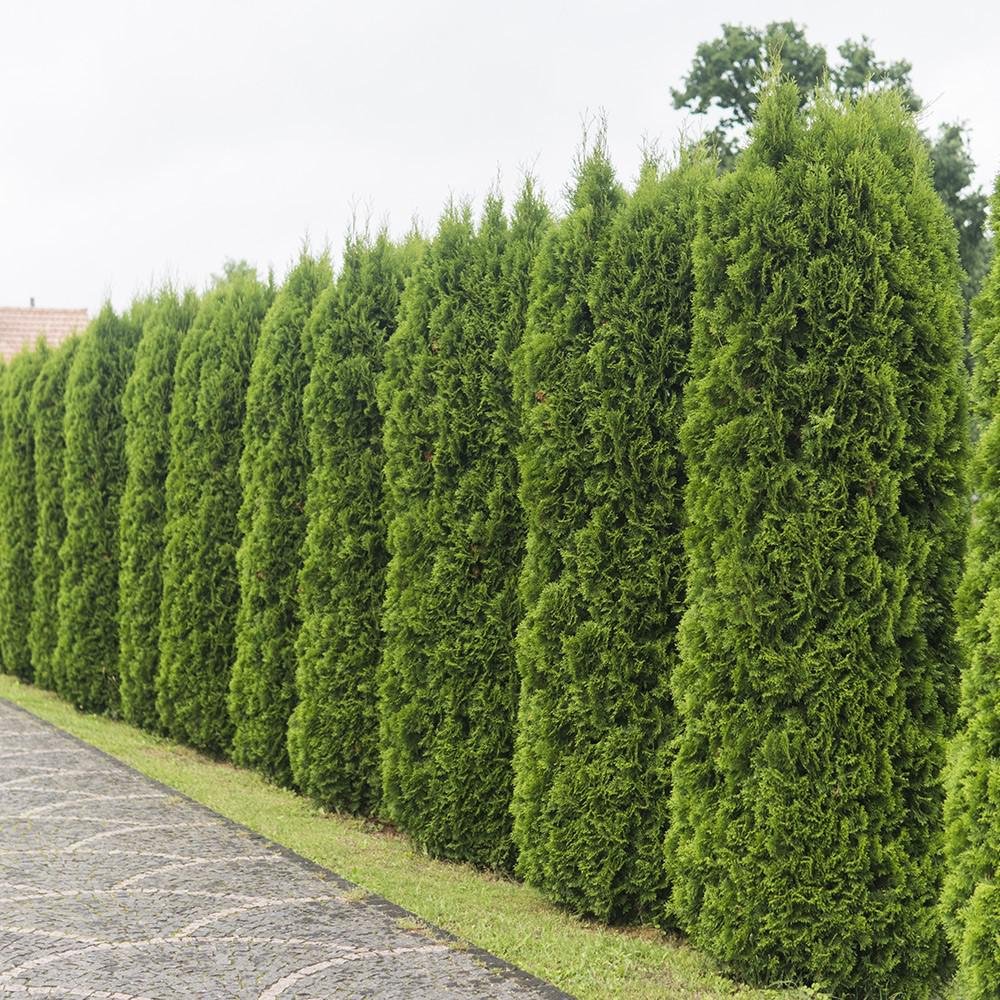

Plant, Tree, Shrub, & Flower Installation
Spruce up any portion of your property with the beauty of a landscape plant installation. A home is not complete without proper landscaping with a combination of flowers, shrubs, or trees.
Whether it be for privacy, curb appeal, seasonal color, or bringing nature closer to you, our team is here to design and install the perfect plants for your space.
-Click on the link to learn more about our Plant Health Care Services!
-Click on the link to learn more about our Irrigation Services
Scroll down on this page to access our FREE plant watering guide!
Decorative Stone
In landscape beds, it is important to install a material, or combination of materials, to add further detail to the space. Decorative stone can be used in landscape beds to add depth of texture, color, and functionality. The element of stone on your property is a unique and beautiful landscape material to use.
What Is The Benefit Of Decorative Stone?
Decorative stone is often used to improve drainage, suppress weeds, insulate plants, and prevent soil erosion. Decorative stone allows for different textures and colors to be used in a landscape. Any type of decorative stone option, listed below, can be used in landscape beds, along fence lines, or combined with mulch to create beautiful contrast on any property .
What Are The Different Types Of Decorative Stone?
Red Rock
River Stone
Pea Gravel
White Stone
Lava Rock
Mexican Beach Pebbles
Mulch Installation
Mulch is often used in landscape beds to help insulate plants, suppress weeds, help limit erosion, and retain moisture around plant roots. Mulch is not just a functional piece to landscape beds, it also adds a well manicured look to your property.
When Should Mulch Be Installed?
Mulching is often associated with the Spring season, but it can be done any time of the year. Golden Wolf does offering mulching services in the Summer, Fall, or early winter too. We recommend mulching at least one time per year for pre-established landscape beds. This helps maintain the clean neat look along with provide added benefit to the the plants and surrounding landscape.
What Are The Different Types Of Mulch?
- Cedar
- Dyed Hardwood (Black, Brown, or Red)
- Hemlock
- Playground
- Woodchips
Sod Installation
Sod is used to provide instant grass to ones property. Whether it be after construction or wanting a renovated lawn, sod is a great product to use. Sod helps limit the amount of erosion that can happen on a property along with provide a thick a beautiful lawn within hours.
Scroll down on this page to access our FREE sod watering care guide!
What Are The Different Types Of Sod?
Kentucky Bluegrass
Perennial Rey
Fescue
Micro Clover
-Click on the link to learn more about our Irrigation Services
Artificial Turf Installation
Artificial turf is a great product to use in any commercial or residential application. This product is commonly used to resemble grass without all the maintenance involved. Artificial turf can be used in playgrounds, sports or dog areas, along pools, or incorporated into a hardscape.
With there be several different looks, styles, and textures to artificial turf, there is sure to be the perfect option for you!
-
*Watering is by far the most important ingredient to establishing plant material and must be done. A good schedule will allow for the new plant(s) the survive, thrive and be healthy. If you do not have a pre-existing irrigation system or one installed with the planting service, please follow the below instructions. If you have any questions regarding plant health or watering, please do not hesitate to contact us at 908-578-1179.
Trees
-Trees should receive 5-10 gallons of water every day for the first two weeks. For weeks two to four, decrease watering to 4-5 times per week still with the same amount of water. After the first month, you can decrease the frequency of watering to 2-3 times per week adjusting for any dry periods or very rainy seasons. For month two and three water 1-2 times per week adjusting for outside conditions.
-If your tree(s) have water bags on the base, please monitor them every few days to a week and fill up as needed. Tree bags should be kept on the tree(s) for two to three months. Tree bags MUST be removed before Winter and the ground freezing.
-If your tree(s) has stakes with strings installed, please keep on for 6 months minimum. Stakes may be needed to be kept on longer (up to 2 years), but before removing them, please contact Golden Wolf to confirm if they can be taken off or kept on longer.
Shrubs
-Shrubs should receive 2-5 gallons of water every day for the first two weeks. For weeks two to four, decrease watering to 4-5 times per week still with the same amount of water. After the first month, you can decrease the frequency of watering to 2-3 times per week adjusting for any dry periods or very rainy seasons. For month two and three water 1-2 times per week adjusting for outside conditions.
Perennials
-Perennials should get approx. 30 seconds of water once a day for the first week. For weeks two and three, reduce watering to 3-5 times per week depending on weather conditions. For weeks 4+, water 2-3 times per week, more so during hot and dry periods. It is also possible to over-water, so before watering again, stick your finger a couple of inches into the soil, (making sure you go through the mulch), if the soil is wet – do not water.
Helpful Tips
-Once the plants are established, once-a-week watering should be sufficient. From installation to year 2, monitor your plants during the heat of the summer, they may need to be watered during hot or dry periods.
-NOTE: Just because it rains do not assume you do not have to water. We have to receive at least one inch of rainfall to skip watering.
-Watering is best done in the early morning or the evening.
-Please be sure to water the roots of the plant, not the leaves. The roots are responsible for absorbing the water, not the leaves.
-A slow and steady trickling stream of water is best when watering. Do not turn your hose on full blast and aim it on the roots. That can damage the plant and will lead to little or no watering being absorbed by the roots.
-
*Please note that watering sod after installation is essential to the overall health, success, and longevity of the new lawn no matter the time of year. If you do not have a pre-existing irrigation system or you did not have one installed with your sod service, kindly refer to the watering instructions listed below.
When?
-Be sure to water lawn in the early morning or evening
What To Use?
-Set up a portable sprinkler(s) that will cover the entire area that was sodded. If you would like, set up times to allow for the watering process to be automated providing for easier care.
-This only applies to lawns that do not have an irrigation system
How Much?
-A general rule of them is to make sure the new sod is getting approx. 1" of water per day for the first week depending on the season, weather, and temperature . If the sod is spongy to the step, then it is watered enough.
-Please make sure that the soil is also wet too, not just the top of the grass. A tip is to take a long screw driver and stick it in the soil. If it goes in easy and it is moist, then you are watering enough. If it is hard to stick in and it is dry soil, then you are watering too little.
-On very hot Summer days, running the sprinkler(s) a few times a day to ensure the sod does not dry out is important. If the sod dries out, it can shrink, turn brown, and can die.
-After the first week, you can decrease the frequency of watering per day and increase the number of days per watering.
-After the second week, reduce watering times per occurrence and skid a day between watering if sod is NOT drying out.
-By week four, you can be watering 1-2 times every other day. After week four, your new lawn should be good with watering every 2-3 days.
When To Mow?
-Your so should be good to mow approx. the end of week 3. If your lawn reaches over 3.5", mow off a third of the length even if it has not been 3 weeks. Do not mow the grass less than 2" on the first few mowing's. Be extremally carful when mowing the first few times to prevent damage.
-Regular lawn mowing on a weekly schedule after the third week will allow for the healthiest lawn along with allowing the roots to grow deeper into the soil. NEVER mow more than 1/3 of the grass blade.
Helpful Tips
-When watering, for the first week, please try to stay off the lawn (including pets) to allow for the sod to fully root into the soil.
-NOTE: Just because it rains do not assume you do not have to water. We have to receive at least one inch of rainfall to skip watering.
-After the first month of the sod being installed, a proper fertilizer, weed, grub, and insect control is recommended to sustain the quality of the turf.
*Please note that watering new seed after installation is essential to the overall health, success, and longevity of the new lawn no matter the time of year. If you do not have a pre-existing irrigation system or you did not have one installed with your sod service, kindly refer to the watering instructions listed below. escription
-
When?
-Be sure to water your lawn in the early morning or evening
What To Use?
-Set up a portable sprinkler(s) that will cover the entire area that was sodded. If you would like, set up times to allow for the watering process to be automated providing for easier care.
-This only applies to lawns that do not have an irrigation system
How Much?
-It is best to water the grass seedlings 2 to 3 times a day for about 5 to 10 minutes each time. This way you replace any water that has evaporated without oversaturation. It amounts to 3-4 inches of water per week
-Once the grass seeds germinate, you should water for a longer period once a day. The frequency of watering should slowly reduce to a long soak of about 40 minutes on alternate days then cut down to 2-3 days a week. The aim of watering after germination is to assist the grass to form deeper roots. For this, less frequent watering is required.
-Keep careful track of the weather. Showers and heavy rain will tell you how often to water grass seed. Skip the watering session after rains.
When To Mow?
-Your so should be good to mow approx. the end of week 3. If your lawn reaches over 3.5", mow off a third of the length even if it has not been 3 weeks. Do not mow the grass less than 2" on the first few mowing's. Be extremally carful when mowing the first few times to prevent damage.
-Regular lawn mowing on a weekly schedule after the third week will allow for the healthiest lawn along with allowing the roots to grow deeper into the soil. NEVER mow more than 1/3 of the grass blade.
Helpful Tips
-When watering the new grass seed, for the first few weeks, please try to stay off the lawn (including pets) to allow for the grass has germinated
-NOTE: Just because it rains do not assume you do not have to water. We have to receive at least one inch of rainfall to skip watering.
View pricing estimates for all our services
Past Projects & Photos
View our full gallery here



